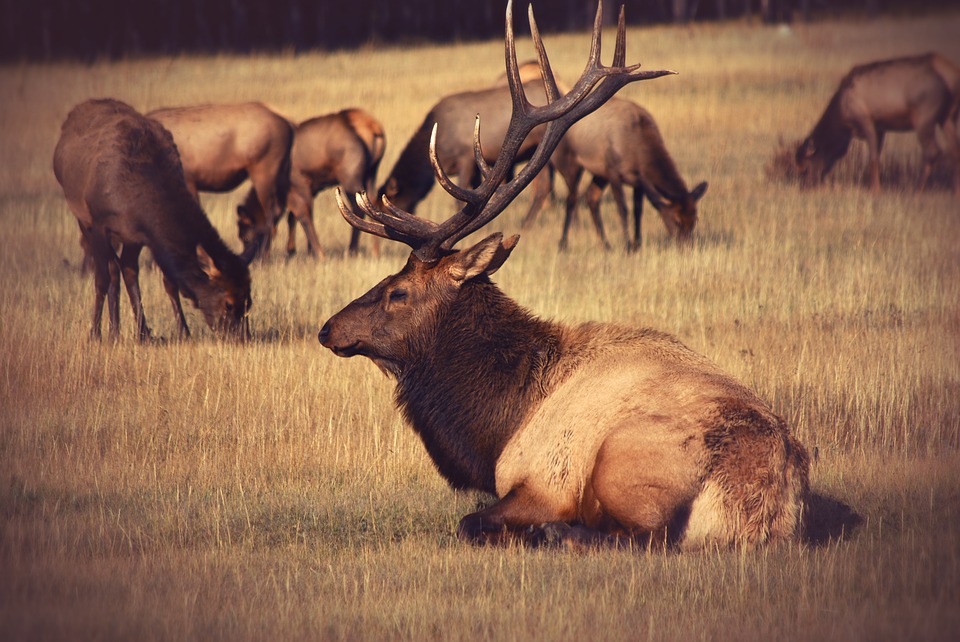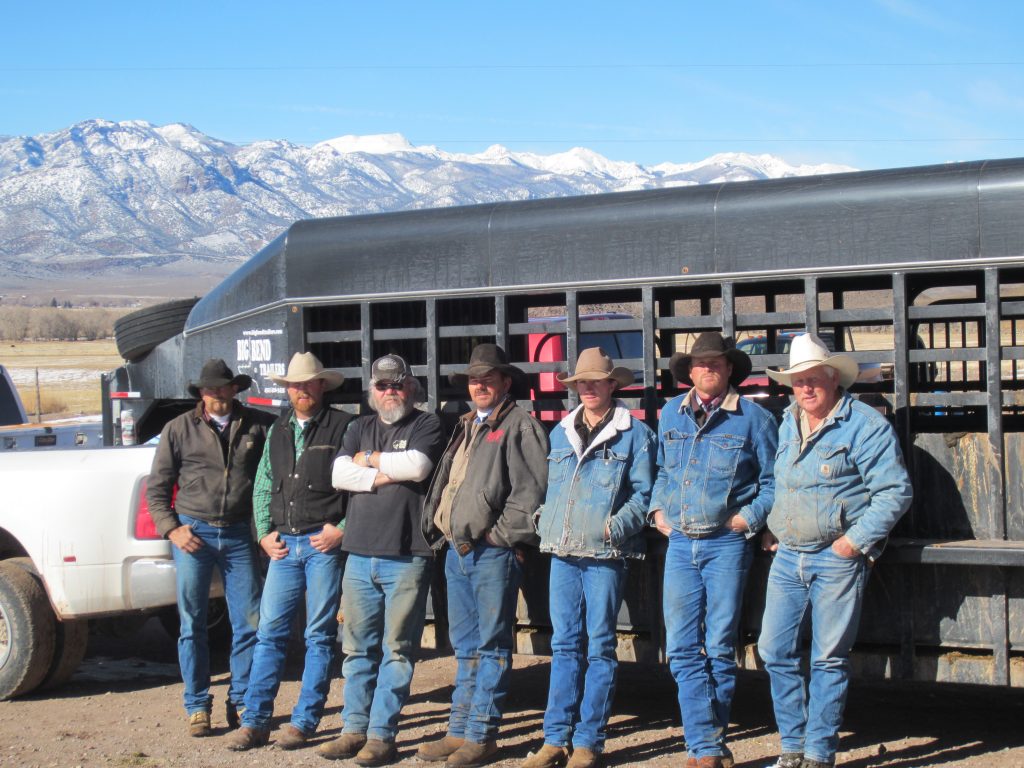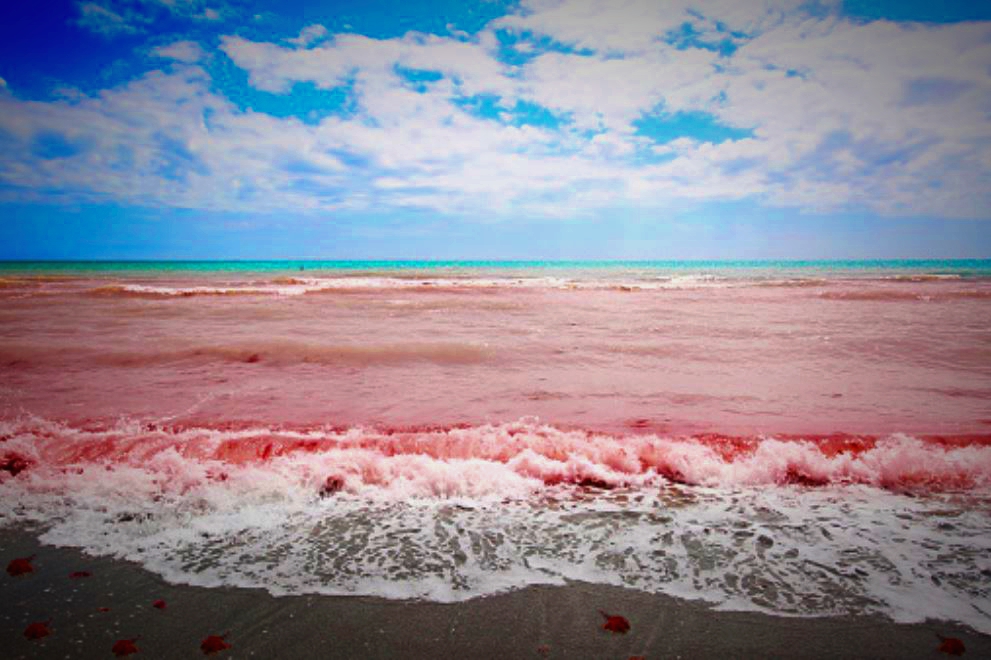ADDRESSING BRUCELLOSIS WITH HELP RANCHERS AND WILDLIFE
Brian Yablonski of the Property and Environment Research Center, As posted in Northern Ag Net
In a move that will benefit both ranchers and wildlife in our region, the U.S. Department of Agriculture recently announced researchers can now study the disease brucellosis in an outdoor setting. For ranchers who have long feared that migrating elk will spread the disease to cattle, this change brings potential to reduce the conflict between humans and wildlife.
Elk rely on the generosity of private landowners as they move along their migration corridors, leaving Yellowstone National Park for the open, agricultural fields of Paradise Valley in search of winter forage. Yet the presence of elk is a disease risk for ranchers, reducing the rancher’s tolerance of the wildlife. In order to conserve migration corridors, we must reduce the liability of elk borne by landowners by addressing the risk of brucellosis.

Found only in the Greater Yellowstone Ecosystem, brucellosis is a disease that can spread from elk to cattle and cause abortion, fertility issues, and lower milk production. Because it is contagious, ranchers are required to quarantine their herds if a cow tests positive. This is no small cost—according to the most recent assessment in 2016, quarantining a herd of 400 in response to one positive brucellosis case can cost a rancher nearly $150,000.
Because ranchers bear the cost of brucellosis—and the stress of the very real possibility of transmission of the disease—they are understandably reluctant to have elk on their land, which brings wildlife into closer contact with their livestock. As one Paradise Valley rancher put it, “If we improve habitat [for elk] we’re basically shooting ourselves in the foot because of the increased brucellosis risk.”
This is problematic because elk rely on private landowners for winter habitat. These are the same public herds that fill many hunters’ freezers and draw millions of visitors to Yellowstone National Park. As migratory elk face the mounting threats of development, fences, and roads, private working lands serve as a stronghold for their continued existence.
The challenge then, for all of us who value wildlife, is to reduce the cost to landowners for providing elk habitat. Over the past years, researchers at the Property and Environment Research Center (PERC) have met with and listened to the ranching community in Paradise Valley to find out how to reduce the elk-rancher conflict. Building on what we learned, PERC and other organizations submitted public comments to the Department of Agriculture supporting brucellosis research for elk in outdoor settings once deemed safe. Now that the agency is moving forward with this research, findings can be applied toward improved vaccination, diagnostics, and other management options related to brucellosis that can reduce the risks faced by ranchers.




The govt stock payment is pretty high if you break W it. So the crap about farmers or ranchers paying is a lie… .